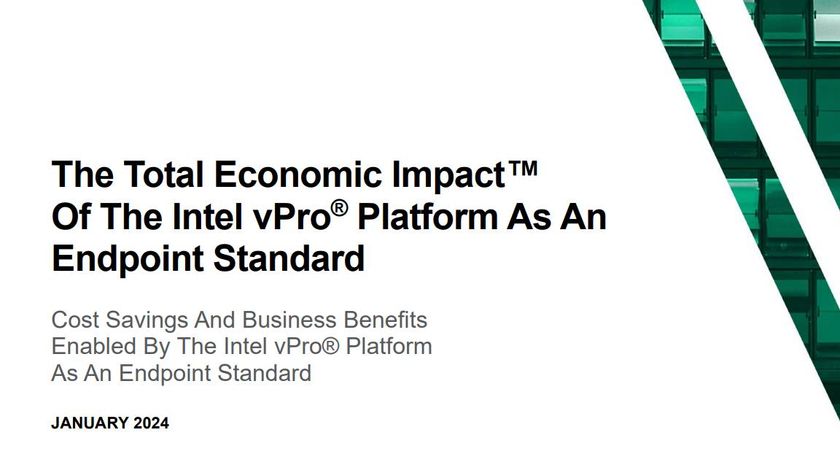Storage options are excellent - behind the lockable front panel is a hard disk cage with four removable drive carriers. In the base models the cage's backplane is wired directly to the embedded B110i SATA RAID controller which supports stripes, mirrors and cold swap drives.
Internally, the server is well designed and HP hasn't wasted any space.
For hot-swap and SAS support you'll need to specify either an HP Smart Array RAID P212 or P410 PCI Express card. The latter has eight SAS connectors and with this is place you can use the optional SFF bay which supports eight hot-swap 6Gb/s SAS, nearline SAS or SATA hard disks.
Internally, the server is well designed and HP hasn't wasted any space. The processor has a large cooler and its fan also draws air through the hard disk bays. There's another fan behind it and a third located underneath the drive cage to service the four PCI Express expansion slots which are also covered by a solid plastic baffle.
Dell's T110 II uses a single fan and a large plastic shroud to provide all chassis cooling and is virtually silent. However, even with the extra fans we found the ML110 almost as quiet and unlikely to be noticed in a busy office environment.
The four memory sockets are located above the processor and easily accessible for upgrades. The price includes a pair of 2GB UDIMM modules. Since HP only supports up to 4GB DIMMS, the server can be expanded to a maximum of 16GB which should be enough for most small businesses for now.
Dave is an IT consultant and freelance journalist specialising in hands-on reviews of computer networking products covering all market sectors from small businesses to enterprises. Founder of Binary Testing Ltd – the UK’s premier independent network testing laboratory - Dave has over 45 years of experience in the IT industry.
Dave has produced many thousands of in-depth business networking product reviews from his lab which have been reproduced globally. Writing for ITPro and its sister title, PC Pro, he covers all areas of business IT infrastructure, including servers, storage, network security, data protection, cloud, infrastructure and services.












